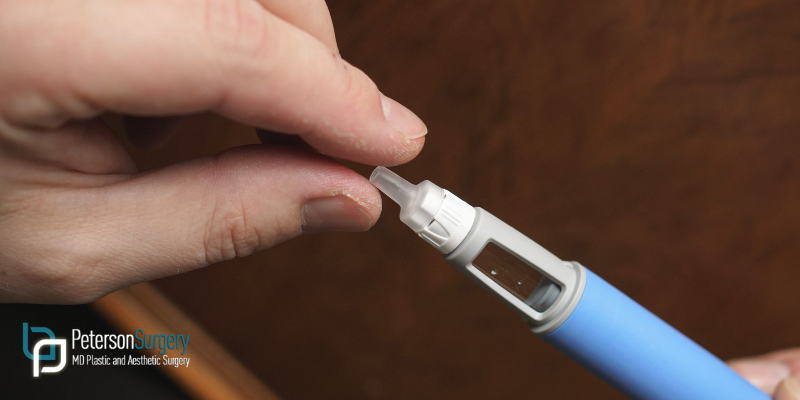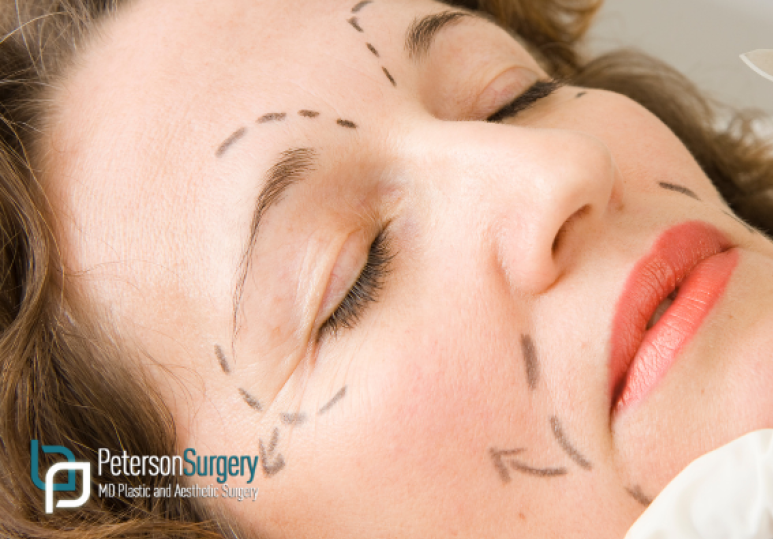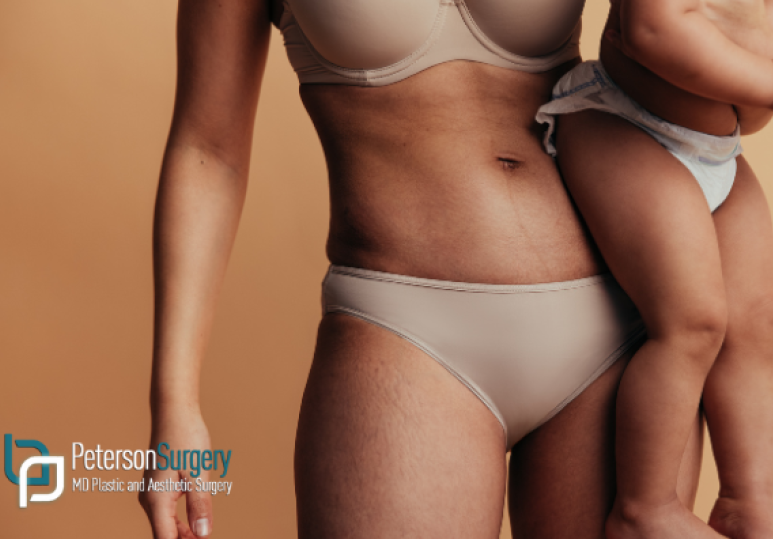Weight Loss Isn’t the End — It’s a New Beginning
GLP-1 Medications Are Changing the Game
With the rise of semaglutide-based medications like Ozempic®, Wegovy®, and Mounjaro®, more patients are achieving meaningful, sustained weight loss than ever before. But along with health improvements, these medications can bring aesthetic challenges, such as facial volume loss, skin laxity, and body contour irregularities.
That’s where plastic surgery becomes a complementary tool, not a replacement for your effort, but a refinement of it.
At Peterson MD in Kelowna, we help patients navigate post-weight-loss changes by offering surgical solutions that support confidence and comfort in your own skin.
Common Physical Changes After GLP-1 Weight Loss
Weight loss through GLP-1 medications is often rapid and significant. That speed can impact skin elasticity and fat distribution in ways diet and exercise alone might not. Common concerns include:
- Loose or excess skin (abdomen, arms, thighs, neck)
- Breast volume loss or sagging
- “Ozempic face” – a sunken or hollowed facial appearance
- Stubborn fat pockets that remain despite overall weight loss
- Lack of muscle tone in the midsection (especially after pregnancies)
Surgical Options to Enhance and Complete Your Results
We offer a range of procedures to help you align your outer appearance with your health success:
- Tummy Tuck (Abdominoplasty):
Removes loose abdominal skin and tightens core muscles
- Breast Lift or Augmentation:
Repositions or restores breast volume lost during weight reduction
Refines body contours in areas like the flanks, thighs, or arms
- Fat Grafting:
Transfers fat to strategic areas like the face or buttocks for volume restoration
When Is the Right Time for Surgery?
We recommend waiting until:
- Your weight has been stable for at least 6 months
- You’ve reached your goal weight
- Your skin laxity and overall health have been fully assessed
Our team ensures you’re physically ready and emotionally supported before proceeding with any body contouring or facial rejuvenation procedure.
The “Ozempic Face” Discussion
While facial slimming can be a positive outcome for many, excess volume loss in the cheeks or temples can prematurely age the face. We address this by using fat grafting or subtle filler techniques to restore youthful proportions, always with natural-looking results as the priority.
Support Beyond the Scale
At Peterson MD Plastic and Aesthetic Surgery in Kelowna, we recognize that medical weight loss is a major accomplishment, and you deserve to feel fully confident in your transformation. Whether you’re exploring body contouring, breast rejuvenation, or facial volume restoration, our approach is personal, respectful, and tailored to your goals. Contact us to learn how plastic surgery can support your next step after Ozempic or Mounjaro.
FAQs
Q: What is "Ozempic face"?
A: “Ozempic face” refers to facial volume loss after rapid weight loss, especially from GLP-1 medications. It can make the face appear gaunt or aged.
Q: Can plastic surgery fix Ozempic face?
A: Yes. Fat grafting or dermal fillers can restore facial fullness and improve symmetry while maintaining a natural look. Contact Peterson MD Plastic and Aesthetic Surgery today to book a consultation and find out which procedure will work best for you.
Q: What are the most common post-Ozempic surgeries?
A: Tummy tucks, breast lifts, and liposuction are the most common. These address loose skin and body contour changes.






